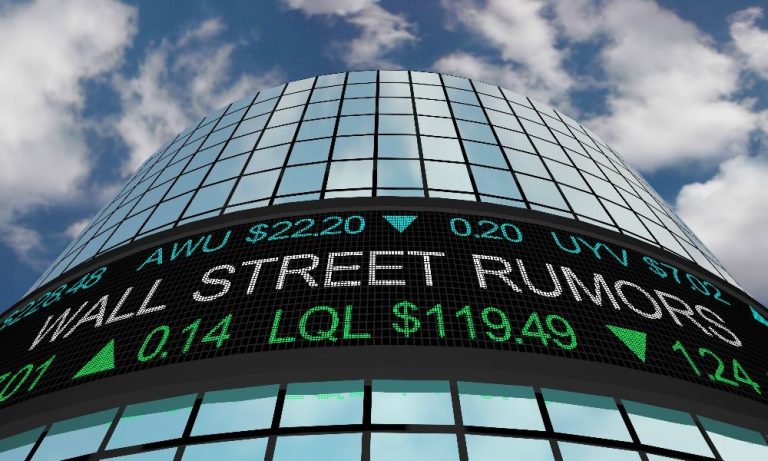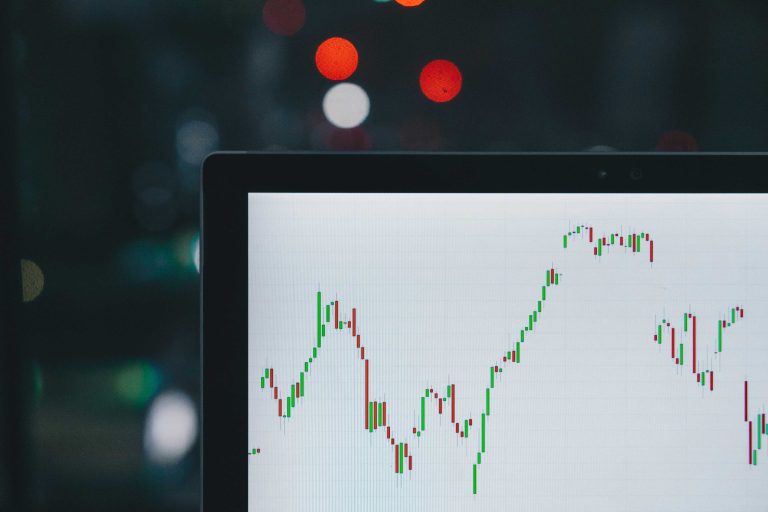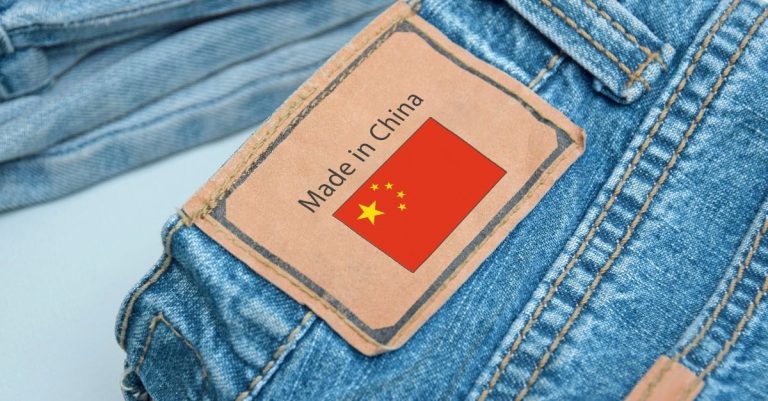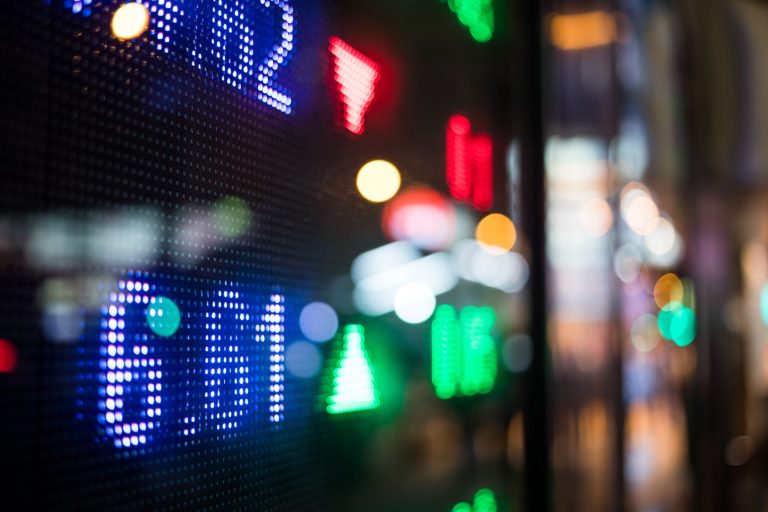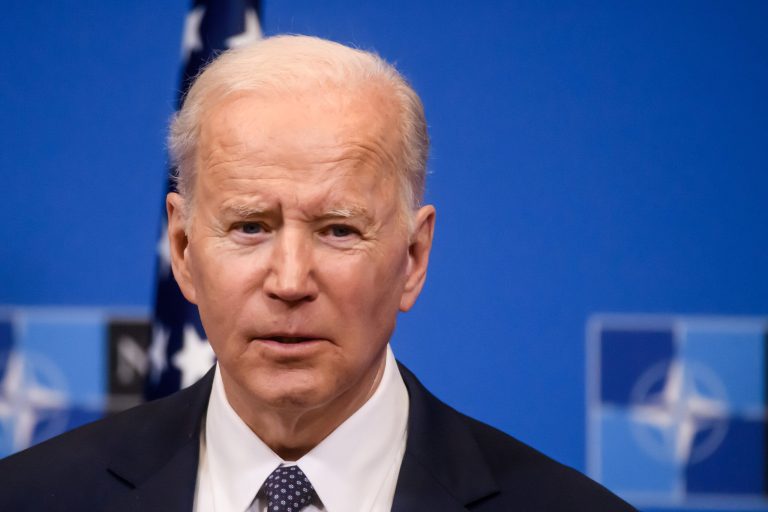Nio stock HK stock price has been under intense pressure in the past few months as concerns about its business and the EV industry remained. It initially surged to H$74.15 in January this year and then plunged to $29.15 in April and August, forming a double-bottom chart pattern.
Nio shares then bounced back to $60 in September and has now imploded by about 42% to the current $35.50. The same trend has happened in Singapore and the United States, where Nio shares are traded.
Nio stock price analysis: the contrarian case
Turning to the daily chart, we see that the Nio share price has been in a strong bearish trend in the past few months.
This decline is mostly because of the general weakness of most Chinese EV companies as growth slows.
Nio stock HK has also dropped below the 50-day and 100-day Exponential Moving Averages (EMA). The two lines have formed a bearish crossover pattern.
Notably, it has formed a falling wedge pattern shown in green. This pattern is made up of a series of higher lows and lower lows. In this case, the stock has formed two downward trendlines that are converging. A falling wedge is one of the most bullish reversal patterns in the market.
Nio share price HK is forming a triple-bottom chart pattern, a popular bullish sign. This pattern happens when an asset fails to drop below a key level three times. In most periods, it often leads to more gains.
Therefore, the stock will likely stage a strong comeback in the next few months. If this happens, the next point to watch will be at $60.60, the neckline of the triple-bottom pattern. This implies a 70% above the current level.
A break above that level will point to more gains, with the next level to watch being at $76.30, the 50% retracement point, which is 115% above the current level. This price is also a few points above $74.15, its highest swing in December last year.
On the flip side, a drop below the key support at $29.15, the triple-bottom point, will signal more downside.
NIO chart by TradingView
Nio’s business is showing signs of resilience
There are signs that Nio’s business is doing well even as China’s EV business goes through major headwinds.
Its numbers released on Sunday showed that Nio delivered 20,575 vehicles in November, a 28% increase from the same period last year. These deliveries included 15,493 Nio vehicles and 5,082 ONVO.
These numbers are notable since the ONVO brand was launched a few months ago. Nio hopes to deliver between 72k and 75k units this year.
The financial results showed that Nio’s total revenue came in at RMB 18.67 billion in the last quarter, a 2.1% YoY decline. These numbers were a bit higher than the RMB 17.4 billion it made in the second quarter.
Nio’s net loss rose slightly to CNY 5.0 billion. The company hopes that it will become profitable in the coming years. Most importantly, its balance sheet has improved after raising RMB 3.3 billion from Hefei Jianheng New Energy Automobile. It ended the last quarter with about $6 billion in cash and short-term investments.
In addition to its strong balance sheet, there are signs that the Nio stock price is undervalued. It has a forward EV-to-sales ratio of 1.02, lower than the sector median of 1.34. Its forward price-to-sales was 0.9, lower than other EV companies like Rivian and XPeng.
Read more: Nio stock price could enter beast mode, thanks to these catalysts
The post Here’s why the Nio stock price HK could rebound soon appeared first on Invezz



